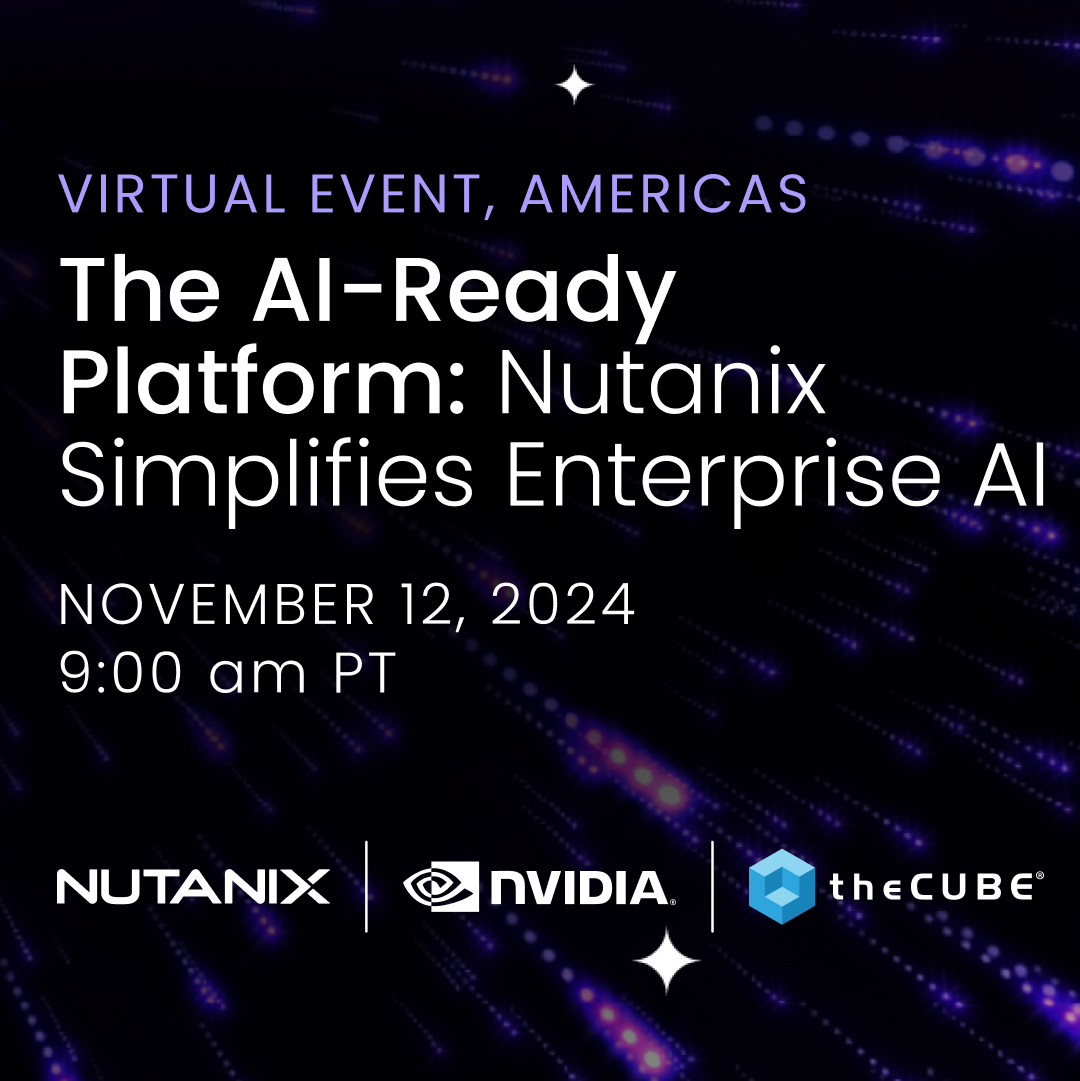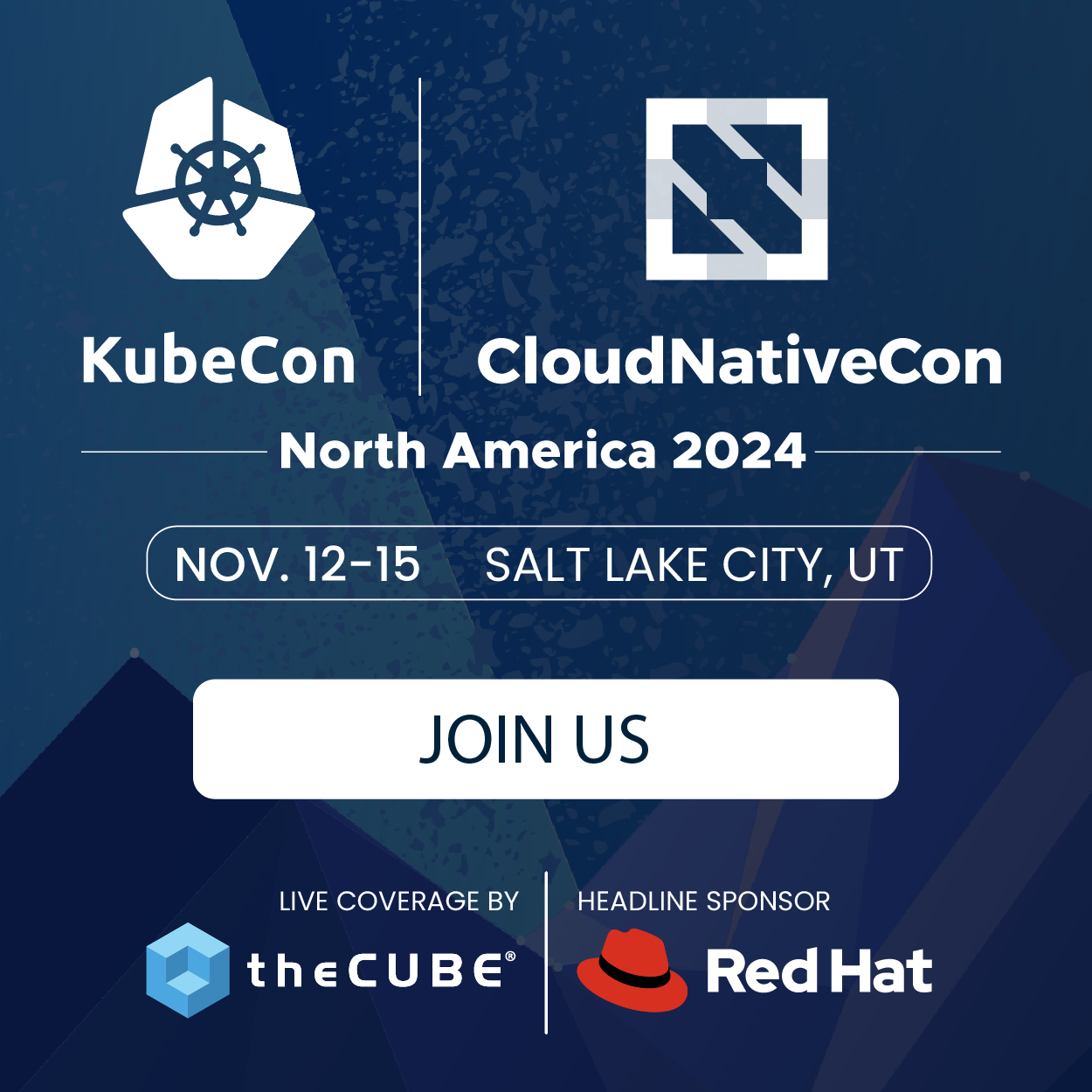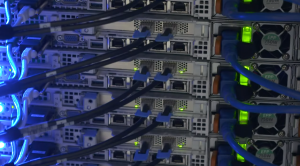Executive Leadership Series: Lew Moorman President of Rackspace Cloud
Introducing the SiliconANGLE Executive Leadership Series.
The SiliconANGLE Executive Leadership Series is a set of posts and podcasts that highlights industry leading figures innovating and changing the technology industry.
The first installment is featuring Lew Moorman, senior vice president of strategy Rackspace and president of Rackspace Cloud.
The Leadership Series will focus on the people and topics shaping the future of innovation using technology and new enabling sets of technologies. The areas of interest will include but not be limited to social media and advertising, cloud and infrastructure 2.0. startups and entrepreneurship, mobile devices and technology, and tech policies.
Last month, I spoke to Lew on What is Cloud Ready? which was one of the most popular posts last month. Rackspace Cloud has been in the new lately with their growing cloud offering. It was reported that 10% of the companies revenue comes from cloud and that Rackspace a formidable competitor to Amazon in the cloud market where Rackspace is closing the gap on Amazon is terms of market share.
I’ve been following Lew and his team for many months now, and I’m very impressed with their approach, product, and team. They are leading the market with an innovative enabling game changing product specifically around the economic impact of their offering and their approach to developers, startups, and now large enterprises.
I was interested in getting an executive perspective from Lew on what is cloud computing, the disruptive elements of it, the business benefits, and his vision for the future.
Lew Moorman on Cloud Computing.
Download the MP3 or Listen Below
Soundbytes from Lew Moorman on Cloud:
What is cloud computing?
Cloud computing is a set of technologies that are enabling a supply revolution in computing power. It is the ability to pool and provision computing more rapidly and more cheaply is the tipping point on the technologies that make that happen.
How does cloud computing become so cheap and so easy to access and what kind of economic and value changes does that spur?
The idea of a supply revolution matters and is real. It will spark innovation and positive change. Cloud is about a set of technologies makes this happen.
Who is leveraging the cloud?
No question this is about saving money and even speed is an element of saving money. The idea of pooling things with incredible scale also is about saving money.
A couple things going on:
1) companies are starting to dip their toe in cloud computing. No doubt startups see the benefit and are all using cloud, but even large enterprise are adopting.
2) they (large companies) are experimenting with cloud computing and seeing how to leverage it in their organizations.
Users and employees are saying we need more computing, more tool, and more applications and at the same time budgets are getting squeezed. Cloud computing is allowing forward thinking organizations to use it.
The startup world matters and SaaS applications are relevant and that is cloud computing. More startups means more applications and it has a direct impact on growth and services that are available.
What is the big disruptive trend for large enterprises?
![]() Employee led information technology (IT) – any employee whether in the marketing department or accounting can today go out get what they need thus circumventing IT. The new model isn’t IT centric but instead user (or employee) centric.
Employee led information technology (IT) – any employee whether in the marketing department or accounting can today go out get what they need thus circumventing IT. The new model isn’t IT centric but instead user (or employee) centric.
I like comparing information technology (IT) to the clothing industry. Years ago clothing companies never would have foreseen the notion of outsourcing their manufacturing yet today they do and in essence are they are now just design companies. Similarly in IT most will be design organizations.
Trust and security in the cloud: Firms are trusting cloud vendors with their crown jewels thus the security issue is a red herring in the long run.
What are the real business benefits?
Companies are going to be able to move faster, and there will be more innovation. When a power resource becomes much more plentiful and easier to access, the result is rapid change. Demand comes first then benefits second. For example with the internet there is broadband, now mobile, and soon more services that haven’t been developed yet. There will be a “Moore’s Law” similar set of progress with what cloud offers. This will be a direct benefit from this notion of a supply revolution in computing. There will be countless examples just look at the innovation around today’s application market.
Cloud computing will cannibalize the legacy markets in the short term but overall it will expand the “pie” (market).
What’s the big deal about PaaS or Platform as Service Evolution?
The first generation of cloud computing was web hosting. It abstracted away the datacenter and network layer. The reasons customers went with web hosting was because they could build a robust enough network to deal with the Internet on their LAN. So companies went with web hosting. It aggregated great connectivity and gave them an on-ramp to the Internet thus abstracting away that complexity.
This next generation of cloud is about more abstraction moving higher up in the value chain. For example things like compute, storage at the hardware layer and expanding to application development environments like .NET and LAMP stacks. These technologies are only going to accelerate and it will abstract away morer complexity and yields operational benefits. This will be the norm going forward.
The ultimate end state in this revolution is that information technology (IT) is going to get easier and easier for companies.
What is the overall impact of the Cloud?
Simply put: the transformation of information technology (IT) and massive consumer benefits in services.
[Editor’s Note: Rackspace is a sponsor of SiliconANGLE. –mrh]
A message from John Furrier, co-founder of SiliconANGLE:
Your vote of support is important to us and it helps us keep the content FREE.
One click below supports our mission to provide free, deep, and relevant content.
Join our community on YouTube
Join the community that includes more than 15,000 #CubeAlumni experts, including Amazon.com CEO Andy Jassy, Dell Technologies founder and CEO Michael Dell, Intel CEO Pat Gelsinger, and many more luminaries and experts.
THANK YOU





















